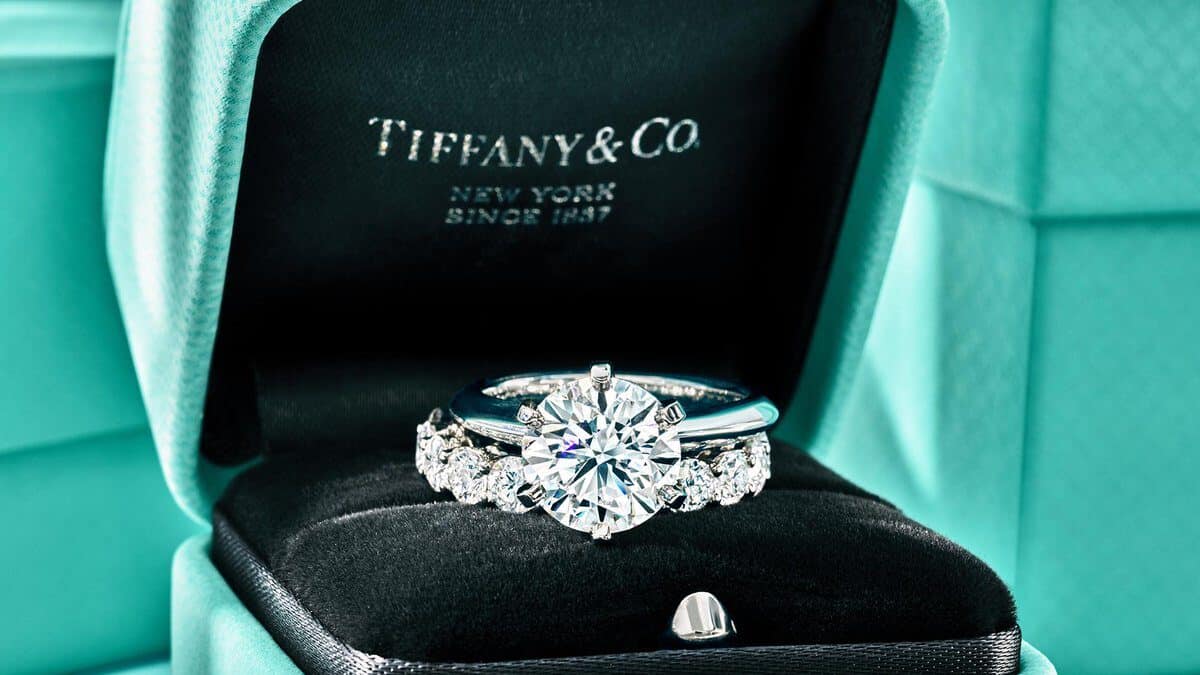An American-born company, Tiffany & Co. (originally known as “Tiffany, Young and Ellis”) was founded in Brooklyn in 1837. Its focus began as a stationery and fancy goods store but had shifted primarily to jewelry by 1853. It didn’t take long after that for Tiffany & Co. to establish itself as a force to be reckoned with in the fashion accessory industry.
Follow along with Joshua Kodner Galleries for a brief overview of how Tiffany & Co. developed its now-iconic brand and made itself a prized possession at events such as jewelry auctions in Dania Beach.
The Art Nouveau Movement
During the second half of the 19th century, Charles Tiffany brought the company to unprecedented heights, with Tiffany & Co. being awarded several accolades in the industry and publishing its first edition of their now-famous catalog known as the “Blue Book.” However, the company really began to make artistic waves when Charles’ son Louis obtained the position of Design Director in 1902.
Louis Comfort Tiffany was a jewel aficionado and he immediately began making his creations, which were directly influenced by the Art Nouveau movement that occurred between 1890-1910. This movement replicated the beauty of patterns commonly found in nature. This heavy influence can be easily spotted in Tiffany’s early work since the majority of it was in the shape of flowers. His creations were often of a chunky nature, with extremely colorful and busy patterns. This nature pattern was later echoed by famous Tiffany & Co. designer Jean Schlumberger in the 1950s.
Related Post: What Makes Tiffany & Co. Synonymous With Quality
Diversification, Not Just Jewelry
By the 1960s, Tiffany & Co. had begun diversifying into other U.S. areas of importance such as trophy design, since which they have been responsible for the design of the NFL Vince Lombardi trophy, NBA Larry O’Brien trophy, and several different batches of championship rings for a variety of teams. They also rose their brand to new heights when they were commissioned to create President Lyndon B. Johnson’s official china.
Throughout the years the company expanded into other areas such as perfumes but always kept the main focus on their jewelry brand. It’s through the collaboration of the Tiffany & Co. brand with other mainstream artists such as Andy Warhol and Paloma Picasso that the company has been able to keep its brand relevant and on top even to this day.
Significant Styles in Bracelets, Necklaces, Rings, and More
Two of the biggest aspects of Tiffany & Co. products are the nature theme, which has remained recurring ever since its introduction to the company in the early 1900s, and the attention to detail that is put into each and every one of their designs. Details like the soldering of links in bracelets and necklaces, the precision stamping of the metal, and the perfectly set diamonds and jewels, are what make the brand so recognizable in the fashion accessory industry.
For the latest news and trends please check out our blog.






